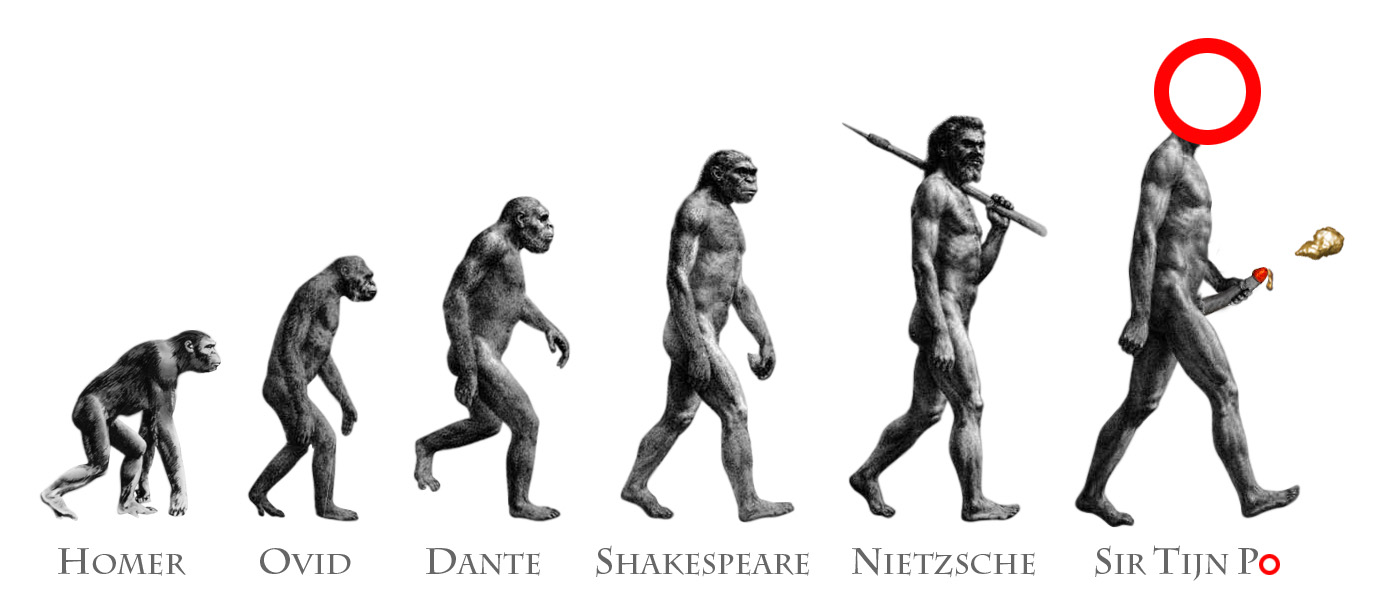
A Cinematic Adaptation of
THUS SPOKE ZARATHUSTRA
INTRODUCTION
It is one the greatest tragedies in literary history, that characters as full of love and celebration as Nietzsche and his alter-ego Zarathustra have come to be feared and associated with some of the cruelest sentiments ever.
Zarathustra himself laments:
‘My teaching is in danger; weeds pose as wheat. My enemies have grown powerful and have distorted my teaching till those dearest to me must be ashamed of the gifts I gave them… the hour has come to seek my lost ones.’
Nietzsche’s character is complex and multi-faceted – as is indeed the case with all of us – and he doesn’t shy away from portraying his fiercest struggles, doubts, fears and weaknesses. The most prevalent characteristics, however, are those of joy, love and optimism, and are best summed up in Thus Spoke Zarathustra:
‘This crown of him who laughs, this rose-wreathe crown: I myself have put on this crown.
‘I myself have pronounced my laughter holy. Nobody else have I found strong enough for this today.
‘Zarathustra the dancer, Zarathustra the light, waves with his wings, ready for flight, waving at all birds, ready and heady, happily lightheaded; Zarathustra the sooth-sayer, Zarathustra the sooth-laugher, not impatient, not unconditional, one who loves, leaps and side-leaps: I myself have put on this crown!’
It is only recently, a half century after the official defeat of the Nazi Reich, that people are daring to peek into the works of this great sage and find the gems of joy and beauty which lay scattered there with reckless over-abundance; it is only now that people are beginning to appreciate the atrocity committed by those who have used Nietzsche and Zarathustra as symbols of hatred, fascism and death.
But this process is slow, since few people read books like Nietzsche’s and even fewer people finish them. A filmed interpretation, on the other hand, can easily make them accessible to an infinitely larger audience and perhaps finally restore these artistic treasures to their intended and deserved positions as sources of joy and optimism for people of all cultures.
Please be aware, however, that is not simply a desire for literary justice that inspires us to make this film but rather the nature of the works themselves which are so overwhelmingly dramatic, picturesque and sensual, that they seem to be begging for a cinematic adaptation. Nietzsche structured his writings as a collection of hundreds of short vignettes in the forms of fairy tales, poems, riddles, dreams, songs, dances, short stories and endless combinations thereof – resulting in epic works of playful, intellectual beauty.
In my opinion, to try to unify all these fragments into one coherent whole, would minimize the level of articulation Nietzsche achieved by expressing each detail in the form most suitable to it. I believe that a cinematic interpretation would be wise to follow this example and film each vignette in the style and location most conducive to it. Thus, the various speeches, poems and songs will be accompanied by Montages which will be filmed in as many styles as necessary to effectively capture their diverse characters. These will include Animation (primarily the type pioneered by Jan Švankmajer’s short films), highly stylized Live-Action and Dance Sequences, as well as Stock-Footage and Still Photography for historical references and hard-to-find images.
MUSIC
The musical score will also be a colorful mosaic of ancient and contemporary musical styles that will be chosen to accompany the film’s diverse Montages and Dance Sequences. The mosaic itself, however, will be strung together by several recurring motifs which will be composed especially for this project.
Richard Strauss wrote a beautiful orchestral homage to Thus Spoke Zarathustra but one which, in my opinion, puts too much stress on Zarathustra’s sinister side and only serves to perpetuate the mistaken notion of Nietzsche as a violent German Nationalist. There certainly are times when Nietzsche is filled with rage and wrath towards those he believes have corrupted our world to the point where we can no longer properly rejoice, and during these moments the music will certainly be grave. But these moments come and go and it is clear that Nietzsche’s main intent is to inspire love, joy and laughter in the minds and hearts of his readers. It is this notion that will be emphasized in the music – as well as in the film as a whole.
‘ETERNITY’
The logo of this film is a sketch of ‘ETERNITY’ – a creature that will re-appear several times throughout the film and which is meant to symbolize, or embody, Nietzsche’s view of Mother Nature.
As ‘ETERNITY’ hops & dances her way freely through space, the surface of her ‘never-ending’ knot will constantly be metamorphosing into as many natural substances, materials and organisms as we can come up with. Her leg, too, will constantly be changing into as many different types of legs as we can come up with – animals, birds, humans, vegetation, other natural materials, etc. These metamorphoses will be constant and as diverse as our imaginations will allow, thereby creating the impression that we are watching the essence of ever-changing, but never-dying, Mother Nature.

Puppet of ‘Eternity’ from ‘God is Dead’ – T.P. 28
(More details here and video of initial choreography Coming Soon.)
BONUS: We may make the whole script available here in the near future, but for now you can have a little taste via a short film that we want to do, called ETERNITY, based on extracts from the larger project.
Indulge!
Eternity Short
